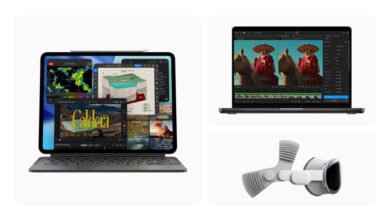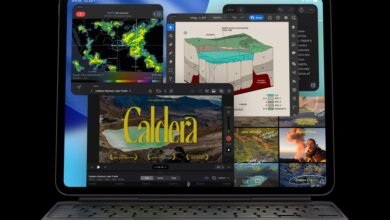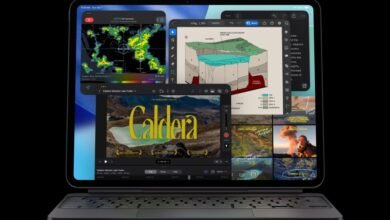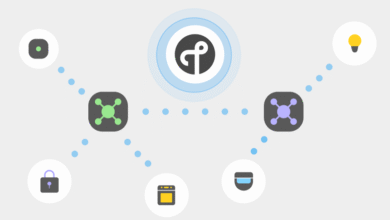The iPad’s New Chip Makes It the Ultimate Smart Home Hub
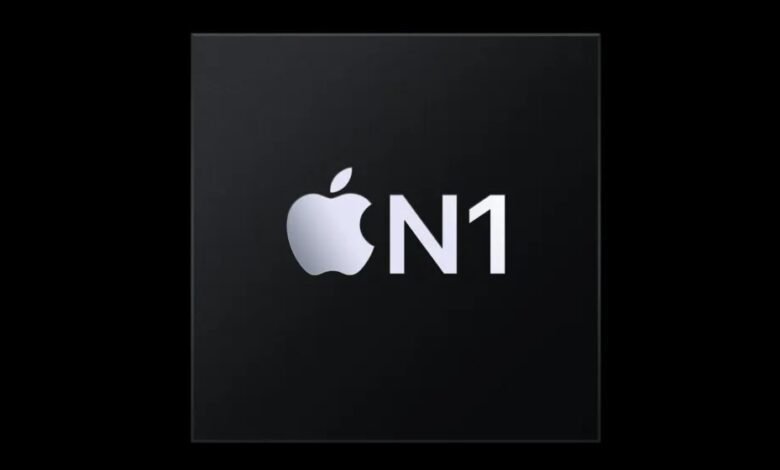
▼ Summary
– The new M5-powered iPad Pro is Apple’s first iPad to officially support the Thread smart home protocol, featuring the new N1 chip with Wi-Fi 7, Bluetooth 6, and Thread capabilities.
– Currently, the addition of Thread to the iPad Pro has no immediate clear purpose, similar to when Thread was added to iPhones, and Apple hasn’t provided an explanation.
– The iPad Pro could be used to set up Thread smart home devices without needing a Thread border router, simplifying the process for users and reducing the need for extra hardware.
– Apple may be considering reintroducing the iPad as a Home hub, as it was deprecated in 2022, but this would be more practical on lower-cost or compact models than the high-end iPad Pro.
– The inclusion of the N1 chip in the iPad Pro suggests it may appear in future Apple products like the Apple TV and HomePod Mini 2, enhancing their performance as smart home hubs.
The latest iPad Pro, now equipped with Apple’s powerful M5 chip, has officially become the first iPad to support the Thread smart home protocol. This development, coupled with the introduction of the new N1 wireless networking chip, brings Wi-Fi 7, Bluetooth 6, and Thread directly into the device. These three wireless protocols form the backbone of the Matter smart home standard, positioning the iPad Pro as a potentially central player in home automation.
While previous iPads and Macs were rumored to include Thread radios, this marks the first time Apple has publicly listed the protocol in a product’s specifications. This move could signal the company’s intention to re-establish the iPad as a Home hub, a role it hasn’t officially held since Apple updated its Home Architecture in 2022.
For the moment, the practical implications are limited. Apple has not clarified why Thread was included, much like the initial mystery surrounding its addition to the iPhone 15 Pro. The most plausible explanation is that, similar to Thread-enabled iPhones, the iPad Pro will allow users to set up Thread-compatible smart home devices without requiring a separate Thread border router. This means you could install a Thread smart light, lock, or plug directly using the iPad, eliminating the need for an additional purchase just to get a single device running. Keep in mind, some advanced functions might remain restricted until a dedicated border router is part of your network.
Although the iPad Pro cannot function as a Thread border router itself, those must be plugged into a power outlet, having a Thread radio in a portable device offers distinct advantages. It enables direct communication with Thread gadgets, which can improve both reliability and response times. Furthermore, if you already own a border router but experience a power outage, your iPad could temporarily take over, maintaining connections with battery-powered Thread devices like smart locks.
Apple’s integration of Thread into its ecosystem isn’t new; the HomePod Mini introduced it back in 2020. The protocol is valued for reducing latency, cutting down on power consumption, and providing more dependable local control for smart home systems. While the selection of Thread devices is still expanding, its adoption is steadily growing across the industry.
A more speculative, yet fascinating, possibility is that Apple might be planning to restore the iPad’s status as a full-fledged Home hub. For many years, any iPad could serve this role, managing automations and allowing remote access to your home from anywhere. However, with the shift to the new Home Architecture and the Matter standard, the iPad was phased out as a hub. Today, while you can still operate devices and design automations via the Home app on an iPad, a separate hub like an Apple TV or HomePod Mini is necessary for the system’s more sophisticated capabilities.
As the tech community anticipates Apple’s rumored HomePod smart display, reinstating the iPad as a hub would be a popular decision. That said, hub functionality would arguably be more practical on more affordable or compact models, such as the iPad Mini. Using a premium $1,000 M5 iPad Pro primarily to manage a smart home seems excessive for most users.
The arrival of the N1 chip in the iPad Pro also hints at its future in other Apple products. It’s reasonable to expect this component to appear in upcoming devices like a new Apple TV or a HomePod Mini 2. Paired with more advanced processors, the N1 chip could significantly enhance these hubs, boosting their speed, responsiveness, and overall reliability within a connected home.
(Source: The Verge)
